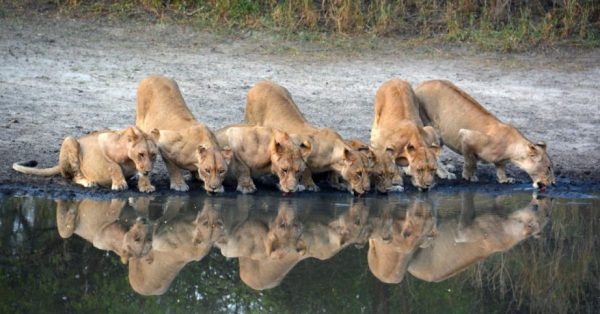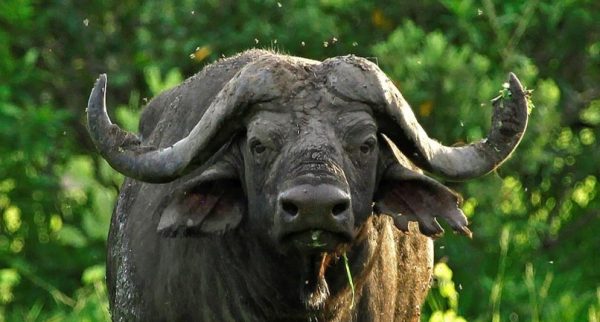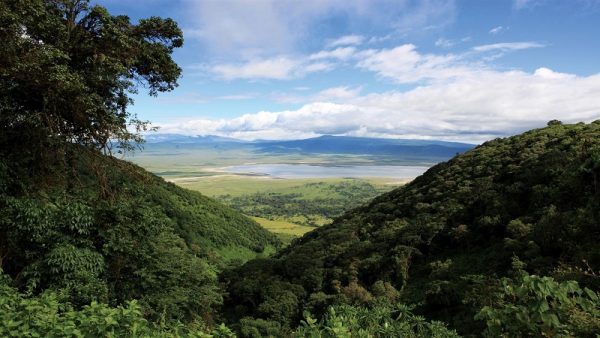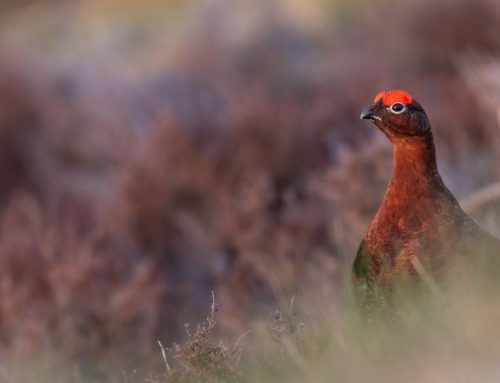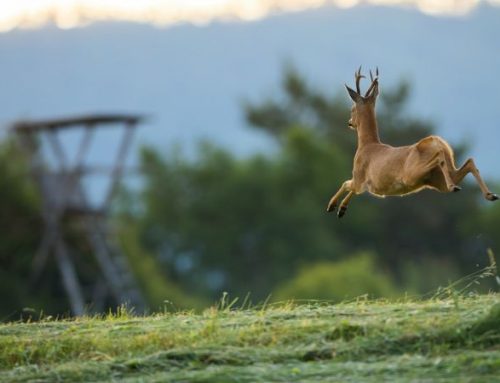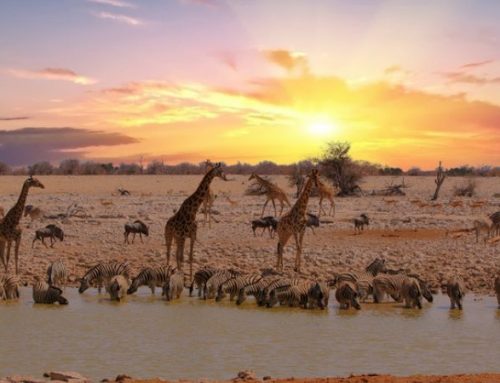Are you a safari enthusiast in Africa and would like to experience a unique one?
There is a country, in East Africa, which is a true paradise on earth, characterized by magical landscapes and the large number of game that populates it: Tanzania.
More than 30% of the nation is made up of national parks and reserves, making it one of the African countries preferred by hunting enthusiasts.
The country offers the hunter a hunt for magnificent trophies and a diversity of environments found only here, in East Africa.
The characteristics of this land, among its extraordinarily varied landscapes, are unique.
It ranges from the wooded savannah of the Selous, to the magnificent areas on Rufiji and Rungwa. Further north are the Moyowoshi marshes, on the border with Rwanda and Burundi.
In the Savannah of the Selous, a lung that radiates game throughout the central-southern part of the country, the hunter will experience a hunt of the highest quality among buffaloes, elephants (especially in the south), lions and leopards. Also of great quality is the whole Plains Game with the Roosvelt Sable, the Lichtenstein Hartebeest and the Puku, a typical animal of the Kilombero River.
The main interest of hunters is often in the species typical of the northern plains, which can only be hunted here and in a few parts of Ethiopia.
In fact, the northern Masai plains offer majestic lions, Thomson’s gazelles, Grant’s and the rarer Roberts. The jewels of this region are undoubtedly the Gerenuk and the Lesser Kudu, the White Bearded Wildebeest and the Ears Fringed Oryx.
While the most daring hunters, on Mount Kitumbeine, can challenge the powerful and angry mountain buffalo.
Read the experience of Luca Bogarelli, now at home in Africa, in the Selous forests:
The fresh air of the bush brings the scent of freshly baked bread into the tents and makes waking up sweeter. A ripe mango, two eggs with bacon and orange juice give us new life: we are ready to reach the game scout. After the demonstration charge of a female elephant with baby, as a welcome to the Selous, we reach the meeting point, where a middle-aged little man awaits us who introduces himself as our game scout after having delivered a self-congratulatory monologue on his great knowledge of animals. and the Selous.
It is dawn and off we go: on the way to the second bait, we hear the tracker tap the Toyota roof. The engine stops and with it time seems to stop too: “Palahala”, he whispers. It’s a Sable.
I follow him quickly and a little awkwardly, bent so that I can’t be seen, while he seems to dance among the shrubs, agile and silent like an antelope. Suddenly one of the dark areas moves slightly: it is she at no more than forty meters, she is staring at me and I see only the nose and the trophy. As beautiful as a sixteenth-century portrait, her rapid movement distracts me from these thoughts.
It seems to be moving away, but, with the courage and audacity of its kind, it then goes back to make sure of the danger again and to show that it is not afraid. Now the sable is with her head held high and offers me her neck in all its length: at this distance it is a risk I can take. The shot goes off and the bullet hits, causing her to collapse in a blow. The “hippotragus niger” lies at my feet, in its black livery, beautiful.
It is the Roosvelt Sable subspecies, the result of an extraordinary, short but intense hunt.
In the middle of the night we return to the camp laden down with beautiful trophies and magnificent hunting experiences. The journey to this wild area marks another important step in our life as hunters and opens the way to new destinations for ever more specific hunts. “
The Selous Game Reserve
The Selous Game Reserve is one of the largest protected areas in Africa, located in southeastern Tanzania. It was named after Frederick Selous, a British explorer, hunter, and conservationist who extensively explored the region in the late 19th century.
Frederick Selous was renowned for his adventures and knowledge of African wildlife. He played a significant role in the colonial history of East Africa, working as a big game hunter, guide, and explorer. Selous was also a proponent of conservation, advocating for the preservation of wildlife and their habitats.
The Selous Game Reserve covers an area of about 50,000 square kilometers (19,000 square miles) and is known for its diverse ecosystems, including grasslands, woodlands, swamps, and rivers. It is home to a wide variety of wildlife, including elephants, lions, leopards, African wild dogs, hippos, and crocodiles, among many others.
In 1982, the Selous Game Reserve was designated as a UNESCO World Heritage Site due to its importance for biodiversity conservation. Unfortunately, in recent years, the reserve has faced threats such as poaching and habitat destruction, leading to concerns about the long-term survival of its wildlife populations. Efforts are ongoing to address these challenges and ensure the continued protection of this iconic African wilderness area.
During hunting in Tanzania you will experience an unforgettable journey, immersed in a habitat known as the temple of African hunting!
The Selous Game Reserve in Tanzania is named after Sir Frederick Courtney Selous, a famous British big game hunter, conservationist, explorer, and soldier. Sir Frederick Selous was known for his extensive exploration and hunting expeditions in Africa during the late 19th and early 20th centuries. He played a significant role in the mapping and documentation of wildlife in the region. Selous was killed in action during World War I in 1917 while fighting against German forces in the Beho Beho area of the reserve.
The Sable
The African sable antelope, scientifically known as Hippotragus niger, is a striking and majestic antelope species found in various parts of sub-Saharan Africa.
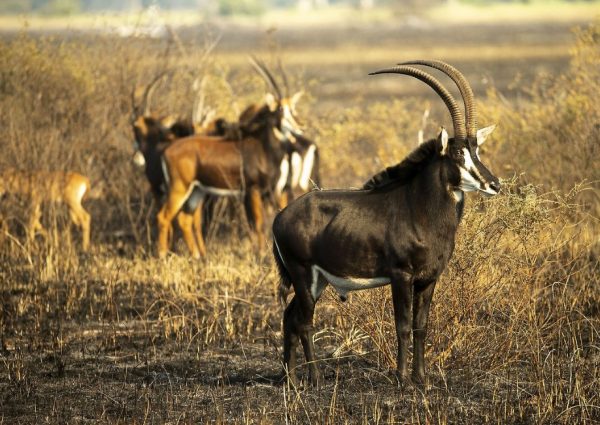
A marvellous Roosvelt Sable massive bull
Here are some key points about them:
- Appearance: Sable antelopes are known for their distinct appearance, characterized by their shiny black coats, which contrast sharply with their white underbellies and facial markings. Both males and females have long, curved horns, with those of males being larger and more robust.
- Habitat: Sable antelopes inhabit a range of habitats, including savannas, woodlands, and grasslands. They are typically found in areas with a good supply of water and adequate vegetation for grazing.
- Behavior: These antelopes are primarily grazers, feeding on grasses and sometimes browsing on leaves and shrubs. They are diurnal, meaning they are most active during the day. Sable antelopes are often found in small herds, although larger groups may form during migrations or in areas with abundant resources.
- Mating and Reproduction: During the mating season, male sable antelopes engage in fierce battles for dominance and access to females. Dominant males establish territories and defend them from rival males. After a gestation period of around 9 months, females give birth to a single calf, which they usually hide in dense vegetation for protection.
- Conservation Status: While sable antelopes are not currently considered endangered, they face threats such as habitat loss, poaching, and competition with livestock for resources. Conservation efforts, legal hunting included, are underway to protect their habitats and ensure the long-term survival of wild populations.
The African sable antelope is a charismatic species that holds cultural significance in many African societies and plays a vital role in maintaining the balance of ecosystems in which they live.
Hunting in Tanzania: bottom line
Hunting in Tanzania offers an unparalleled adventure, set against breathtaking landscapes and extraordinary biodiversity. From the vast plains of the Serengeti to the dense forests of Selous, every corner of this country provides unique opportunities for unforgettable hunting experiences.
Tanzania is not just a paradise for hunters, but a place where nature reigns supreme and every hunting expedition becomes a lesson in respect and admiration for wildlife. The thrill of spotting big predators, the adrenaline of hunting ungulates, and the wonder of pristine landscapes blend into an experience that leaves an indelible mark.
If you seek an adventure that combines a passion for hunting with the discovery of one of the most fascinating places on the planet, Tanzania is the ideal destination. Get ready to experience moments of pure hunting magic, accompanied by the professionalism of local guides and the warmth of Tanzanian hospitality. Hunting in Tanzania is not just a trip, but a total immersion in the wild beauty of Africa.
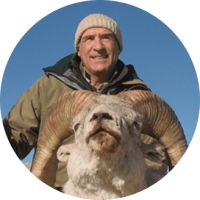
Montefeltro Staff, Luca Bogarelli
“Luca Bogarelli loves hunting and nature, experiencing both in a comprehensive manner. Adding to this, his passion for travel has led him over the years to explore places, people, and unique wildlife around the world.
A self-described ‘traveler with a rifle’, Luca has gathered hunting experiences across nearly the entire African continent, as well as in Asia, America, and Europe, in all the countries of hunting interest.”


